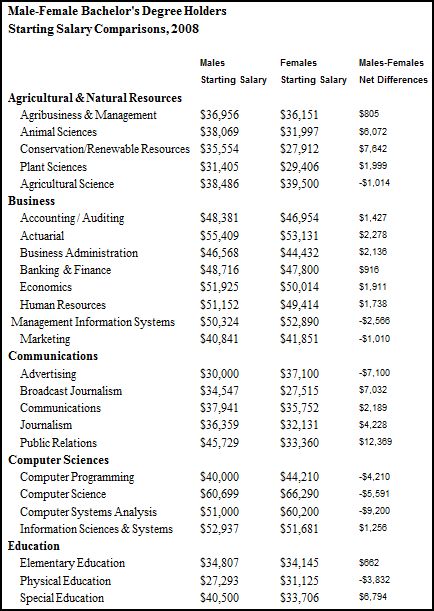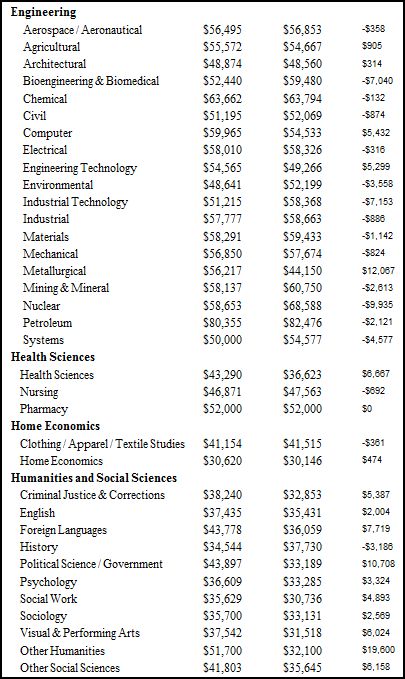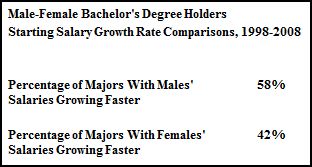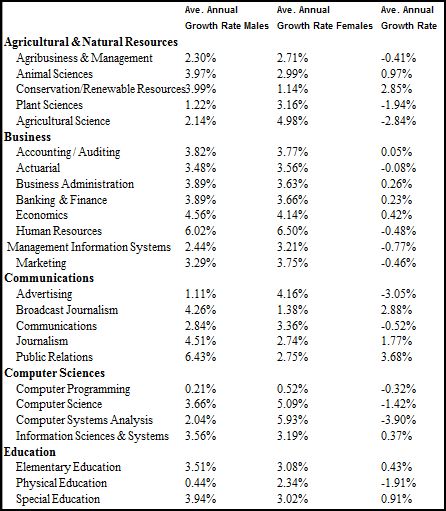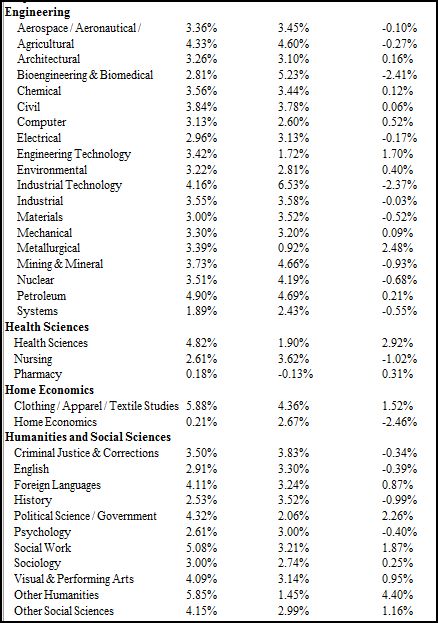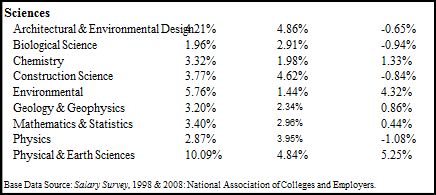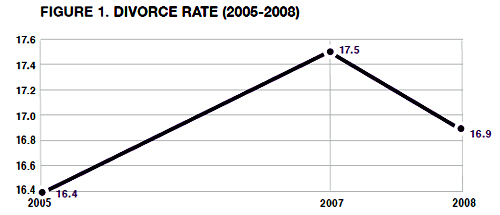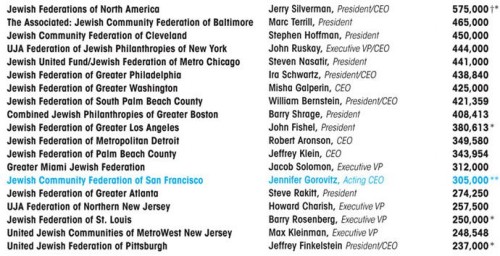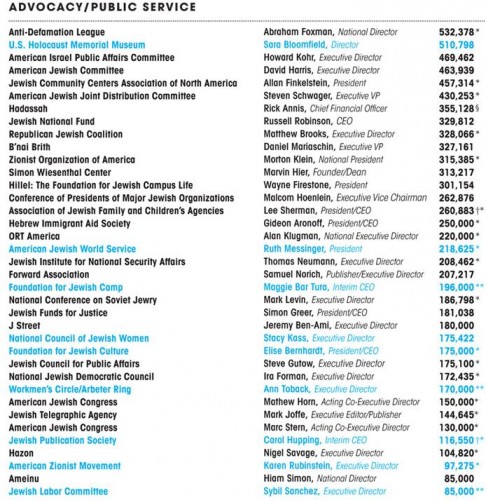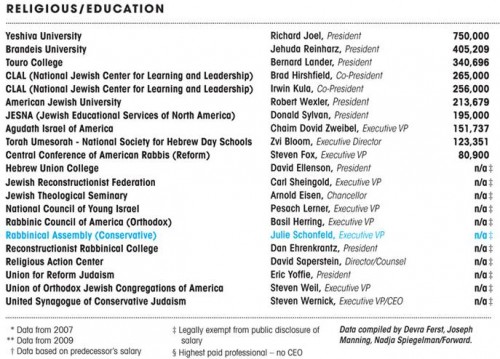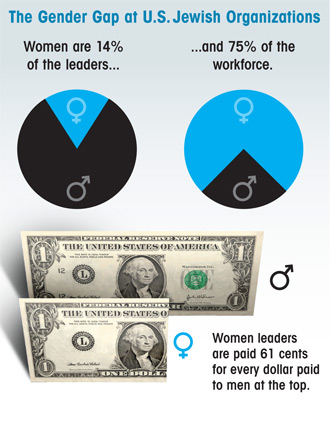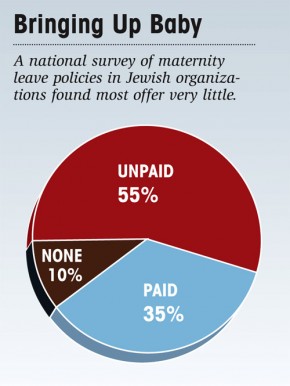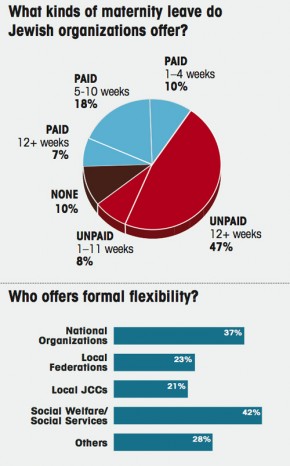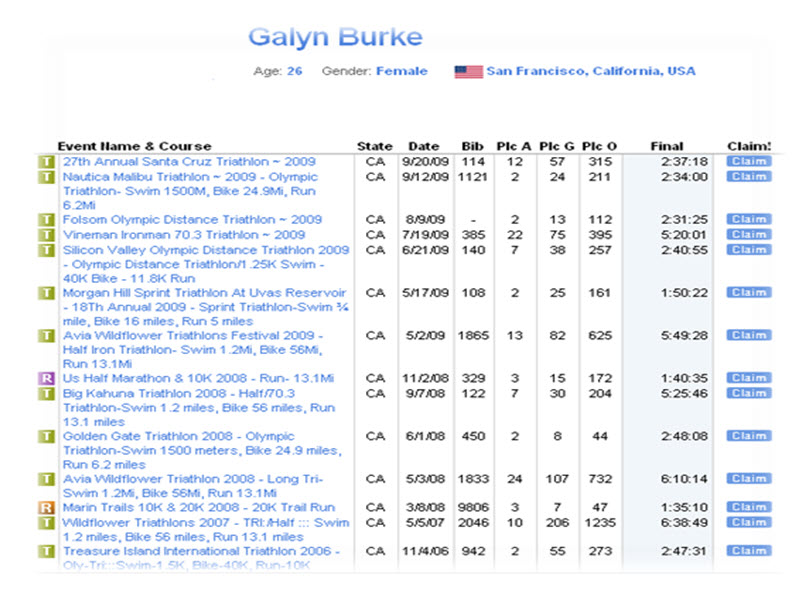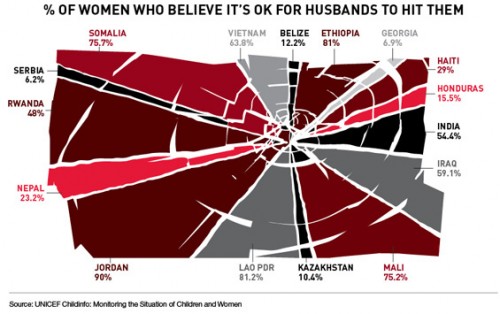Rob D. sent along a commercial, made by the non-profit organization Iranians Be Counted, aimed at encouraging Iranian Americans filling out the U.S. Census to check “Other” and write in “Iranian.” It features a famous Iranian commedian doing a bunch of outrageous personalities, but in between the schtick is an argument that there is power in numbers and, therefore, a benefit to being identified as specifically Iranian:
This type of effort is really interesting and taps into a larger debate about Census categories. How do we divide up the categories that we count? Iranians are a much smaller group than, say, Arab American Persian (which is currently not an option on the U.S. Census). If there is power in numbers, then wouldn’t it be better to write in “Arab American” “Persian”? But, if you write in Arab Persian instead of Iranian, the resources to be gained from being counted may not benefit your community specifically. [As two commenters have pointed out, Iranian Americans are not Arab, except for a small minority. Iranians are Persian and most speak Farsi, not Arabic. My mistake.]
The Asian American community in the U.S. is a good example of this conundrum. “Asian” is a social construction; it is an umbrella label that includes very, very different groups. There is great power in the social construction because it gives “Asians” a presence in American politics that, for example, the Hmong or the Vietnamese alone could never have. But counting Asians as a group also means obscuring some very important differences among them.
For example, Asians outearn Whites in income surveys, suggesting that Asians should be excluded from programs trying to help groups escape poverty. But, in reality, the groups we categorize as Asian vary tremendously in their average socioeconomic status. Some Asian groups (e.g., the Japanese) outearn Whites; other Asian groups (e.g., the Hmong) have very high poverty rates. When we look at the data broken out by smaller groups, we see more need, but the group itself is small enough that it can be ignored by politicians.
UPDATE: Roshan, in the comments, corrects me further:
Not all Iranians are Persians… Persians compose only 51 percent of the population. Other groups include the Azeris (24 percent), Gilaki and Mazandaranis (eight percent), Kurds (seven percent), Arabs (three percent), Lurs (two percent), Baluchs (two percent), and Turkmens (two percent) (Hakimzadeh, 2006).
Lisa Wade, PhD is an Associate Professor at Tulane University. She is the author of American Hookup, a book about college sexual culture; a textbook about gender; and a forthcoming introductory text: Terrible Magnificent Sociology. You can follow her on Twitter and Instagram.


